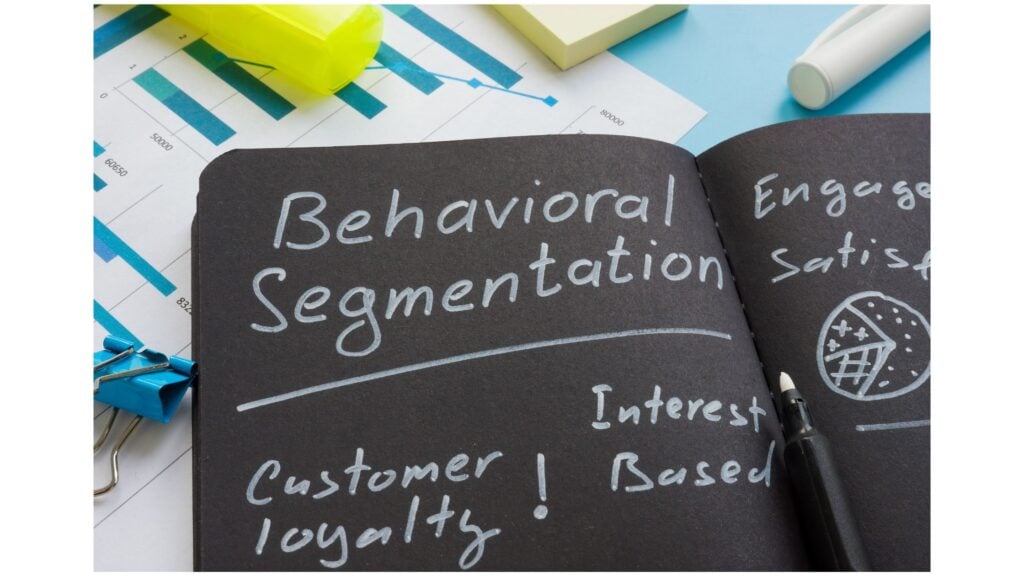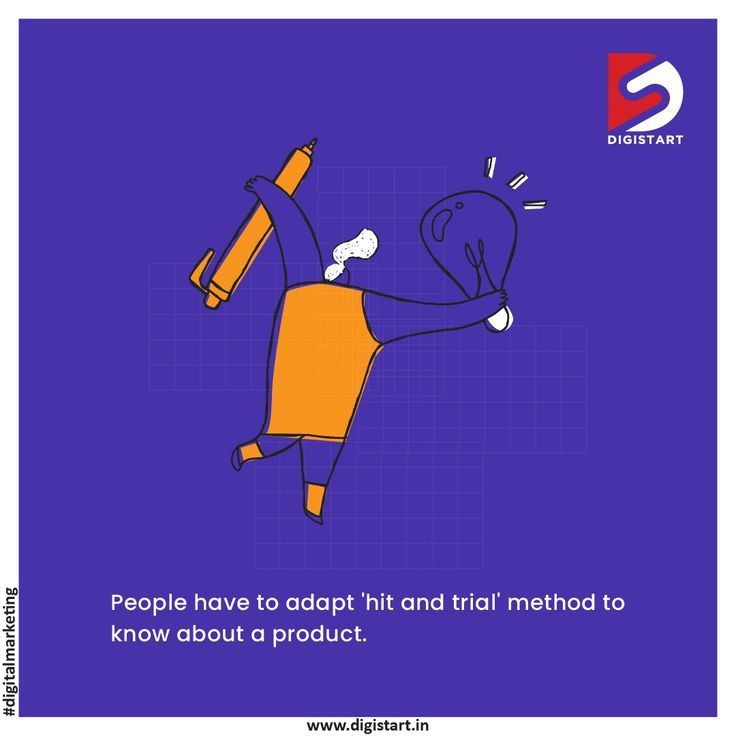Email Marketing A/B Testing: What Variables Cannot Be Tested
Email marketing a / b testing: what variables can not be tested
Email marketing remain one of the virtually effective digital marketing channels, deliver an impressive return on investment when execute decent. A / b testing (to call split testing) is a fundamental practice that allow marketers to optimize their email campaigns by compare two versions of an email to see which perform better. Yet, not everything can be efficaciously test in an email marketing a / b test.
Understand email marketing a / b testing
Before diving into what can not be tested, it’s important to understand what a / b testing is and why imatterser. A / b testing involve send two variations of an email to different segments of your audience to determine which version generate better results base on specific metrics like open rateclick-through ratestes, or conversions.
The power of a / b testing lie in its ability to provide data drive insights kinda than rely on assumptions or gut feelings. When decently implement, these tests can importantly improve email performance and market ROI.
Common variables that can be tested
Most email marketers are familiar with the standard variables that can be tested in email campaigns:
-
Subject lines
test different wording, length, or personalization in subject lines -
Email content
compare different copy, images, or overall message -
Call to action (cCTA)
test button color, text, placement, or size -
Send time
determine the optimal day and time to send emails -
Sender name
test different sender names or email addresses -
Email design
compare different layouts, templates, or visual hierarchies -
Personalization elements
test various personalization tactics
Variables that can not be tested in email a / b tests
While many elements can be tested, there be certain variables that fall outside the scope of traditional email a / b testing. Understand these limitations is crucial for design effective tests and interpret results accurately.
Recipient behavior outside your email
The well-nigh significant variable that can not be tested in an email a / b test is recipient behavior that occur outside your email environmentEastst a user click through to your website or landing page, their subsequent actions are influence by numerous factors beyond your email. While you can track conversions that originate from email clicks, you can not isolate and test variables that affect behavior after the email interaction within the email a / b test itself.
For example, if a user abandons their cart after click through from your email, the a / b test can not determine whether this was due to the email content or issues with the website experience, pricing, or other external factors.
Long term customer lifetime value
Another variable that can not be efficaciously test in a standard email a / b test is the long term impact on customer lifetime value (cCLV) Most a / b tests measure immediate or short term metrics like opens, clicks, and conversions that occur within days of send the email.
Nonetheless, the true impact of email marketing oft extend beyond these immediate metrics. For instance, an email that generate fewer immediate conversions might really foster greater brand loyalty or set the stage for larger purchases in the future. These long term effects typically require longitudinal studies kinda than traditional a / b tests.
Multiple variables simultaneously (in true a / b testing )
By definition, a true a / b test isolate a single variable for comparison. When marketers attempt to test multiple variables simultaneously (like change both the subject line and the cCTAbutton in version b ) they’re really conduct what’s know as multivariate testing, not a / b testing.
In a proper a / b test, you can not determine which specific element cause the performance difference if you’re test multiple variables at erstwhile. This is a common mistake that lead to inconclusive or misleading results.
Competitor impact
Email a / b tests can not measure how your competitors’ activities might be affect your results. If a competitor launch a major promotion during your test period, it might impact how recipients engage with your emails in ways that have nothing to do with the variables you’re tested.
External market conditions, competitor actions, and industry trends all represent variables that can not be isolated or control within an email a / b test.

Source: marketingproseries.com
Individual recipient preferences
While you can test how segments respond to different email variations, you can not test individual recipient preferences within a traditional a / b test framework. Each recipient have unique preferences, interests, and behaviors that may not align with segment level findings.
For example, an a / b test might show that subject line a perform better for your overall audience, but individual recipients within that audience might really prefer subject line b base on their personal preferences.
Email client render differences
Another variable that can not be efficaciously test in standard a / b tests is how different email clients render your emails. While you can track which email clients your audience use, you can not direct test how render differences across Gmail, outlook, Apple mail, and other clients might affect engagement within the a / b test itself.
These render differences can importantly impact how recipients experience your emails, but isolate and test this variable require specialized testing tools beyond standard a / b testing platforms.
External factors and timing
Email a / b tests can not account for external factors like holidays, weather events, or news cycles that might influence recipient behavior during your test period. These temporal factors can skew results in ways that have nothing to do with the variables being tested.
For example, an email sends the day a major news event breaks might see lower engagement irrespective of the test variables, but because recipients aredistractedt by current events.
Best practices for effective email a / b testing
Understand what can not be tested help marketers design more effective tests. Herisre some best practices to ensure your email a / b tests deliver reliable, actionable insights:
Test one variable at a time
To get clear results, isolate a single variable in each test. If you want to test multiple elements, run sequential tests quite than change multiple variables simultaneously.
Ensure statistical significance
Make sure your sample size is large adequate to provide statistically significant results. Small sample sizes can lead to mislead conclusions base on random chance quite than actual preferences.
Define clear success metrics
Before will launch your test, will determine which metrics will define success. Is it open rate, click-through rate, conversion rate, or something else? Have clear metrics help you evaluate results objectively.
Consider segment specific testing
Different audience segments may respond otherwise to the same variables. Consider run separate tests for key segments to identify segment specific preferences.

Source: sherpablog.marketingsherpa.com
Document external factors
While you can not test external factors, you can document them when analyze results. Note any unusual events or circumstances that might have influence recipient behavior during your test period.
Implement a testing calendar
Will develop a systematic approach to testing with a calendar that will outline what variables you will test and when. This preprevents hoc testing and ensure you’re build on previous insights.
Advanced testing approaches
To address some of the limitations of standard a / b testing, consider these advanced approaches:
Multivariate testing
When you need to test multiple variables, multivariate testing allow you to test different combinations simultaneously. This requires larger sample sizes but can identify interaction effects between variables.
Sequential testing
Build on insights from previous tests by implement sequential testing. Use what you learn from one test to inform the variables you test following.
Longitudinal studies
To assess long term impact, supplement a / b tests with longitudinal studies that track recipient behavior over extend periods.
Holdout groups
Maintain a control group that doesn’t receive any test variations to establish a baseline for comparison and account for external factors.
Integrate a / b testing with broader marketing strategy
Email a / b testing should not exist in isolation but should be integrated with your broader marketing strategy:
Cross channel insights
Apply insights from email tests to other marketing channels when appropriate. For example, if certain messaging resonate in emails, try similar approaches in social media or pay advertising.
Customer journey mapping
Consider how email testing fit within the overall customer journey. Different variables might be more important at different stages of the customer lifecycle.
Feedback loops
Create feedback loops between email testing and other data sources like customer surveys, support interactions, or sales conversations to validate findings.
Conclusion
Email marketing a / b testing is a powerful tool for optimization, but understand its limitations is fair amp important as know its capabilities. By recognize that certain variables can not be tested within standard a / b test frameworks, marketers can design more effective tests and interpret results more accurately.
The virtually significant variable that can not be tested is recipient behavior outside the email environment, include long term customer value, competitor impact, and external timing factors. Additionally, true a / b testing can not efficaciously test multiple variables simultaneously without become multivariate testing.
By focus on testable variables, ensure proper test design, and supplement a / b tests with other research methods, marketers can maximize the value of their email testing programs and drive meaningful improvements in campaign performance.
Remember that testing is not a one time activity but an ongoing process of refinement and optimization. Each test build upon previous insights, create a continuous cycle of improvement that keep your email marketing strategy fresh, relevant, and effective in an always change digital landscape.



